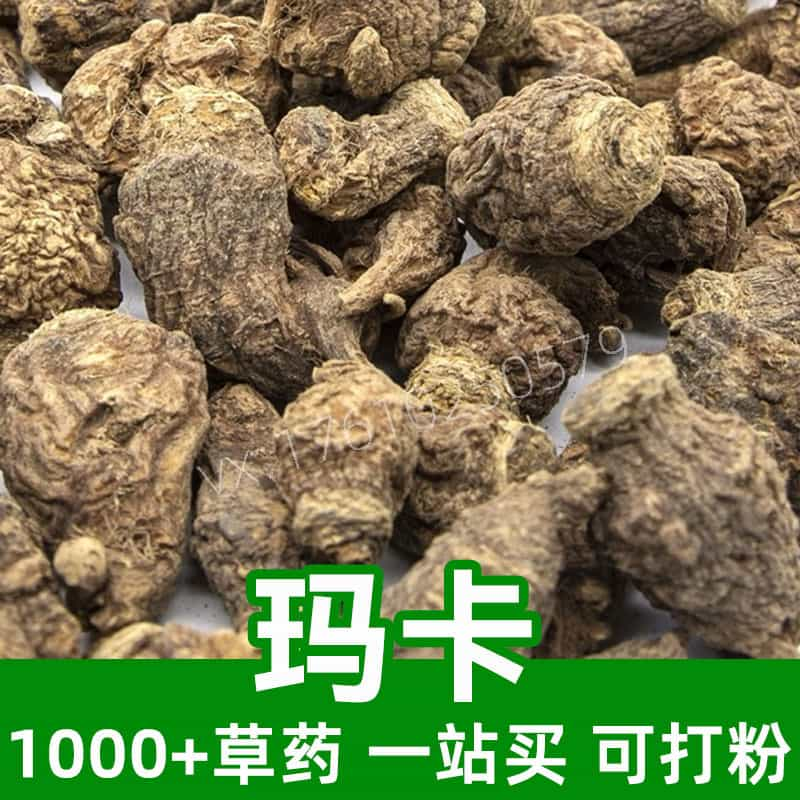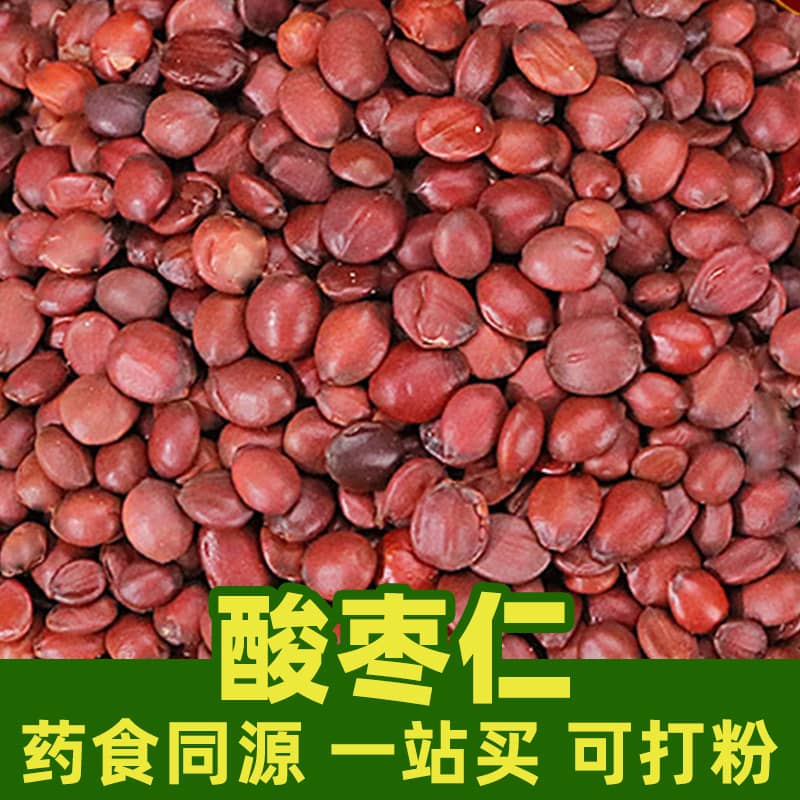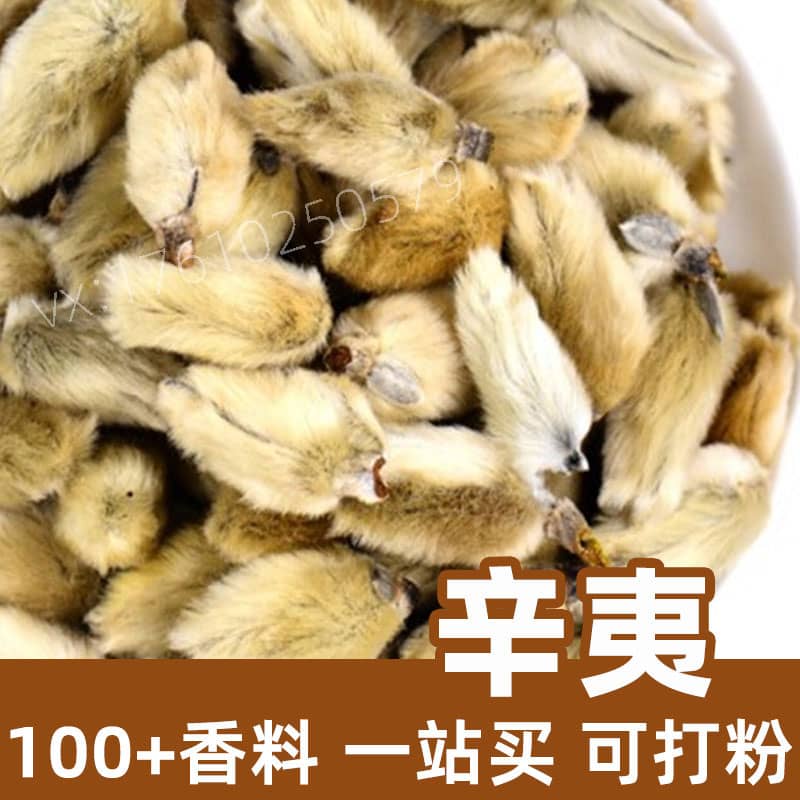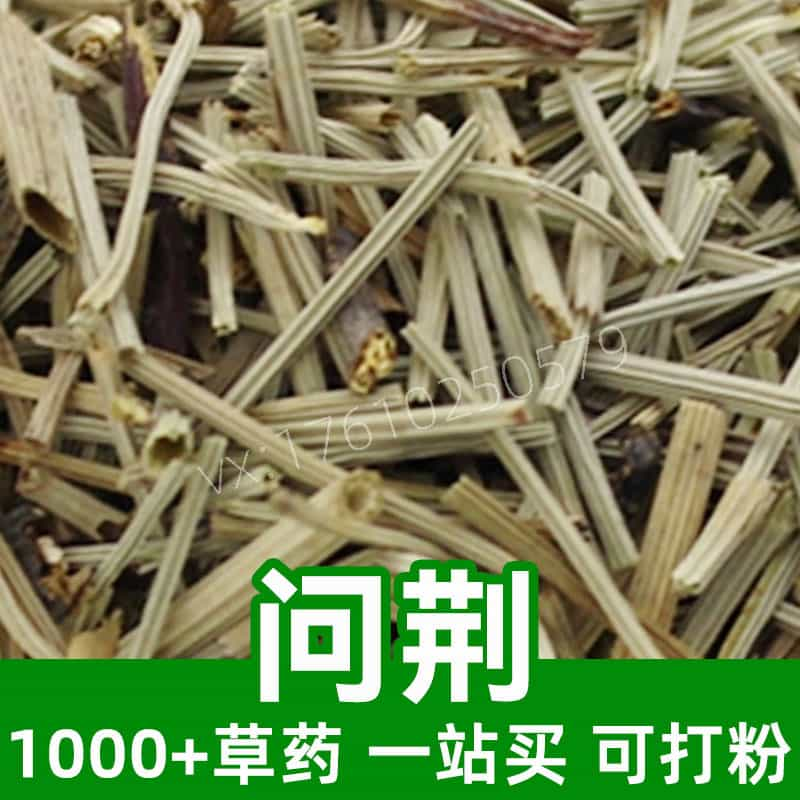Product Introduction
Beanroot, scientifically recognized as Pericampylus rothii, is a valued herb in traditional Chinese herbal medicine. This climbing perennial plant is primarily found in the subtropical mountainous regions of China, where it thrives in moist, shaded environments. Known for its slender, flexible vines and broad leaves, Beanroot adds a unique texture and flavor to various herbal formulations.
The plant is rich in bioactive compounds such as flavonoids and polysaccharides, which contribute to its reputation in traditional practices. Historically, Beanroot has been utilized for its spectrum of potential health benefits, making it a staple in many remedies. The roots of this plant are the most commonly harvested part, often prepared in decoctions or extracts.
In traditional applications, Beanroot is often valued for its ability to harmonize the body's natural balance and improve vitality. Its unique taste profile—mildly sweet yet slightly bitter—makes it a versatile ingredient, suitable not only for medicinal applications but also for enhancing the flavor of various dishes.
As interest in herbal remedies grows globally, knowledge of traditional herbs like Beanroot can foster greater appreciation for natural health solutions. Whether used in tinctures, teas, or culinary applications, this herb holds importance in both health and nutrition realms.
Main Active Ingredients
Beanroot is notable for its diverse range of active ingredients which significantly contribute to its holistic properties. The main active components include flavonoids, polysaccharides, and alkaloids, each playing a unique role in enhancing overall well-being.
Flavonoids
Flavonoids found in Beanroot are known for their antioxidant properties, which help to neutralize free radicals in the body. This mechanism not only aids in protecting cellular integrity but may also support overall metabolic health. These compounds have shown potential in modulating inflammation and contributing to cardiovascular health, which are essential aspects of traditional medicinal practices.
Polysaccharides
The polysaccharides present in Beanroot are vital for immune system support and replenishing energy levels. These complex carbohydrates can help in maintaining optimal gut health, further supporting the body's overall vitality as seen in traditional uses. Their roles in immune modulation and energy production have made them subjects of interest in both traditional and modern herbalism.
Alkaloids
Alkaloids, another significant class of compounds in Beanroot, exhibit various biological activities, including potential neuroprotective properties. While traditionally utilized, ongoing research seeks to better understand their roles and benefits within the context of holistic health.
This combination of active ingredients makes Beanroot a remarkable herb warranting further exploration within both clinical and culinary applications. Its historical significance and potential functional benefits underline Beanroot's continued relevance in today's health and wellness discussions.
Product Application Scenarios, Usage, and Dosage
Beanroot has a variety of applications in traditional Chinese medicine (TCM) and culinary practices, making it a versatile herb. In TCM, it is primarily recognized for its nourishing properties, particularly in relation to the kidney and bladder meridians, where it is believed to assist in optimizing balance and vitality within the body.
Traditional Usage
In herbal formulations, Beanroot may be included in decoctions or mixed with other herbs to create synergistic blends. TCM practitioners may recommend it as part of a regimen during seasonal transitions or in response to fatigue, using doses that typically range from 6 to 12 grams of the dry root per day, depending on the individual's health needs and specific formulations.
Culinary Applications
Beyond its medicinal use, Beanroot can also be incorporated into various culinary dishes. It is often used in soups, stews, or herbal teas, providing not just nutritional benefits but also a unique flavor. Chefs in regional cuisines may experiment with Beanroot to enhance the health profile of their dishes, emphasizing its mild sweetness. For those interested in exploring its culinary uses, a moderate amount can be safely added—in general, a few grams would suffice to deepen flavor without overwhelming the dish.
Precautions
While Beanroot is generally considered safe when used appropriately, individuals should consult healthcare professionals, particularly if they are pregnant, nursing, or taking medications that might interact with herbal supplements. As with all herbs, dosage and formulations should be tailored to individual health conditions and requirements.
In summary, Beanroot serves as a valuable addition to both the traditional medicine cabinet and the modern kitchen, showcasing its versatility and richness through a blend of history, flavor, and health potential.
Introduction to the Source Plant, Distribution, and Growth Environment
Beanroot, or Pericampylus rothii, is a climbing herbaceous plant known for its resilience and adaptability. This perennial species thrives in the temperate and subtropical regions of China, predominantly in hilly or mountainous terrains where it enjoys a humid climate and partial shade.
Distribution
The natural distribution of Beanroot encompasses a range of locations within China. It commonly grows in underbrush areas of forests, especially where there is ample moisture and good drainage, which are critical for its growth. The plant exhibits a preference for loamy or well-aerated soils, contributing to its robustness.
Growth Environment
Beanroot typically flourishes at elevations of 300 to 1,200 meters, where the climate is conducive to its development. As a climbing plant, it utilizes nearby structures or vegetation to attain sunlight, which is essential for its growth. Its leaves are broad and capable of effectively capturing sunlight, while the root system is developed to absorb nutrients and water efficiently from the soil.
In addition to its ideal growth conditions, the plant is quite resilient, often withstanding variable climatic conditions, which enhances its survival rate in its native habitat. The seeds produced can fall to the ground and germinate in the following seasons, ensuring a sustainable population of Beanroot in its ecosystem.
Furthermore, the harvesting of Beanroot requires careful consideration of its growth environment to prevent over-exploitation. Responsible harvesting practices ensure the plant can continue to thrive, maintaining ecological balance while supporting human use.
Harvesting, Processing, and Storage
Harvesting Beanroot involves a meticulous approach to ensure the integrity of the plant and its active components. This process typically commences in late summer or early autumn when the root system is rich in bioactive compounds.
Harvesting Technique
To harvest Beanroot, care must be taken to dig up the roots gently, using appropriate tools to avoid damaging the rhizomes. This promotes sustainable harvesting, maximizing the potential for regrowth in subsequent seasons. Care is also taken to leave part of the root system intact, allowing the plant to regenerate and flourish in its natural habitat.
Processing
Once harvested, the roots are cleaned to remove soil and impurities. Following cleaning, the roots are often sliced into thin pieces to facilitate drying. This drying process can occur in several ways: traditionally through sun-drying, which preserves the root's medicinal qualities while enhancing flavor, or through mechanical drying methods to ensure consistent results.
Post-drying, the Beanroot may be ground into a powder or stored in whole slices, allowing for varied applications in herbal formulations or cooking. The choice of processing depends on the intended use; ground herb may integrate more easily into formulations, while whole slices might be reserved for decoctions or teas.
Storage
Proper storage is critical to maintaining the quality and efficacy of Beanroot. Once processed, dried roots should be stored in an airtight container, kept in a cool, dark, and dry place away from direct sunlight, which can degrade their properties. When stored appropriately, Beanroot can retain its potency for several years, ensuring its availability for both culinary and medicinal uses.
In summary, the responsible harvesting, careful processing, and appropriate storage of Beanroot ensure its sustainability and availability, reflecting the deep cultural heritage tied to this valuable herbal resource.
Monica Sun is a seasoned expert in the natural raw materials industry, with over a decade of experience specializing in traditional Chinese medicinal herbs, spices, and fungi. She is skilled in the sourcing, processing, and application of these materials, emphasizing sustainability and innovation. Monica Sun has contributed to the development of high-quality natural raw materials that serve as essential components in functional foods, pharmaceuticals, and cosmetics, delivering tailored solutions to meet diverse market needs.















